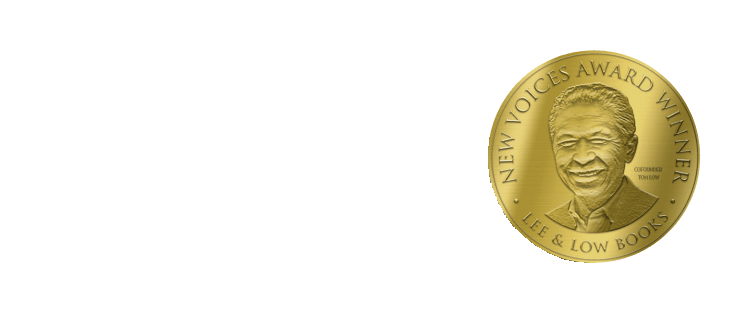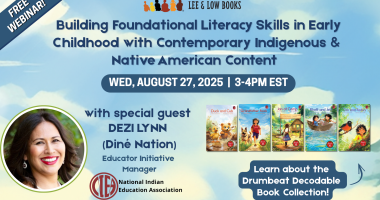In the second post of our Reading Conferences with Beginning Readers blog, our literacy team discusses leveled texts for Kindergarten and what students should learn at levels A through C. This post is taken from our free, downloadable Reading Conferences by Bebop Books guide.
Don’t miss our first post sharing reading conferencing strategies for beginning readers.
Your students are expected to grow from a level A to level C or D by the end of year. But what does that mean?
What makes a book a level A versus a level B? What does a reader at level A need to be able to do? When is a reader ready to move to the next level in kindergarten?
About the Books and Readers at Level A
Books at Level A are designed to assist children in practicing early reading behaviors. The stories are highly predictable. The text is often made up of one-syllable words. Children at this level typically have 12+ books in a plastic bag or bin at a time. An example spread is below from We Play Music:
Conferences to help children with one-to-one matching, moving from left to right across a page, reading the left page before the right page, or checking the pictures for support begin with the teacher asking the child to read the book aloud. Readers at this level should be encouraged to use their finger to track the text as they read.
Readers at level A are working on the following skills and behaviors:
- Moving from left to right across a page
- One-to-one matching
- Using pictures and the text to read
- Reading sight words automatically and accurately
- Retelling/summarizing/synthesizing
- Inferring
About the Books and Readers at Level B
Books at level B are very similar to books at level A and are designed to assist children in early reading behaviors. There are a few differences between level A and level B books. While it is uncommon to find a multisyllable word in the middle of a sentence in a level A book, it may occur in a level B book. Sometimes the text follows a simple pattern, but it is a word at the beginning or in the middle of each sentence that changes. An example spread is below from Train Ride:
To research a child’s ability to retell, summarize, or infer, the teacher should begin by asking one or two questions to engage the child in a conversation about the book. For example, the teacher may ask, “What was this book about?” or “What happened?”
Readers at level B are working on the following skills and behaviors:
- Moving from left to right across a page
- One-to-one matching
- Using pictures and the text to read
- Reading sight words automatically and accurately
- Retelling/summarizing/synthesizing
- Inferring
About the Books and Readers at Level C
Books at level C are designed for children who are beginning to use letter/sound sources of information. The illustrations may provide less text support, and the stories and sentences may be more complex. An example spread is below from What a Street!
When reading books at level C, children must use three sources of information to help them read: meaning, syntax, and visual. When students come across a word they do not know, they need to figure it out by making sure it makes sense, sounds right, and looks right. When conferring with a child, the teacher should coach the child who is stuck on a word to look at the beginning of the word and say a word that makes sense and has the correct first letter.
Readers at level C are working on the following skills and behaviors:
- Using pictures and the text to read
- Reading sight words automatically and accurately
- Using letter(s) of a word (visual) along with meaning and syntax (integrating multiple sources of information)
- Reading fluently upon a rereading
- Retelling/summarizing/synthesizing
- Inferring
These tips and more can be found in our Reading Conferences by Bebop Books Guide.
Interested in ordering Guided Reading books for your kindergarten classroom? Check out our collections of books at levels A, B, and C below:
- Bebop English Guided Reading Level A
- Bebop English Guided Reading Level B
- Bebop English Guided Reading Level C
Get in touch with our team for help creating a customized, diverse Guided Reading collection.
Missed the first post in our Guided Reading in Kindergarten series? Click here to read more.












